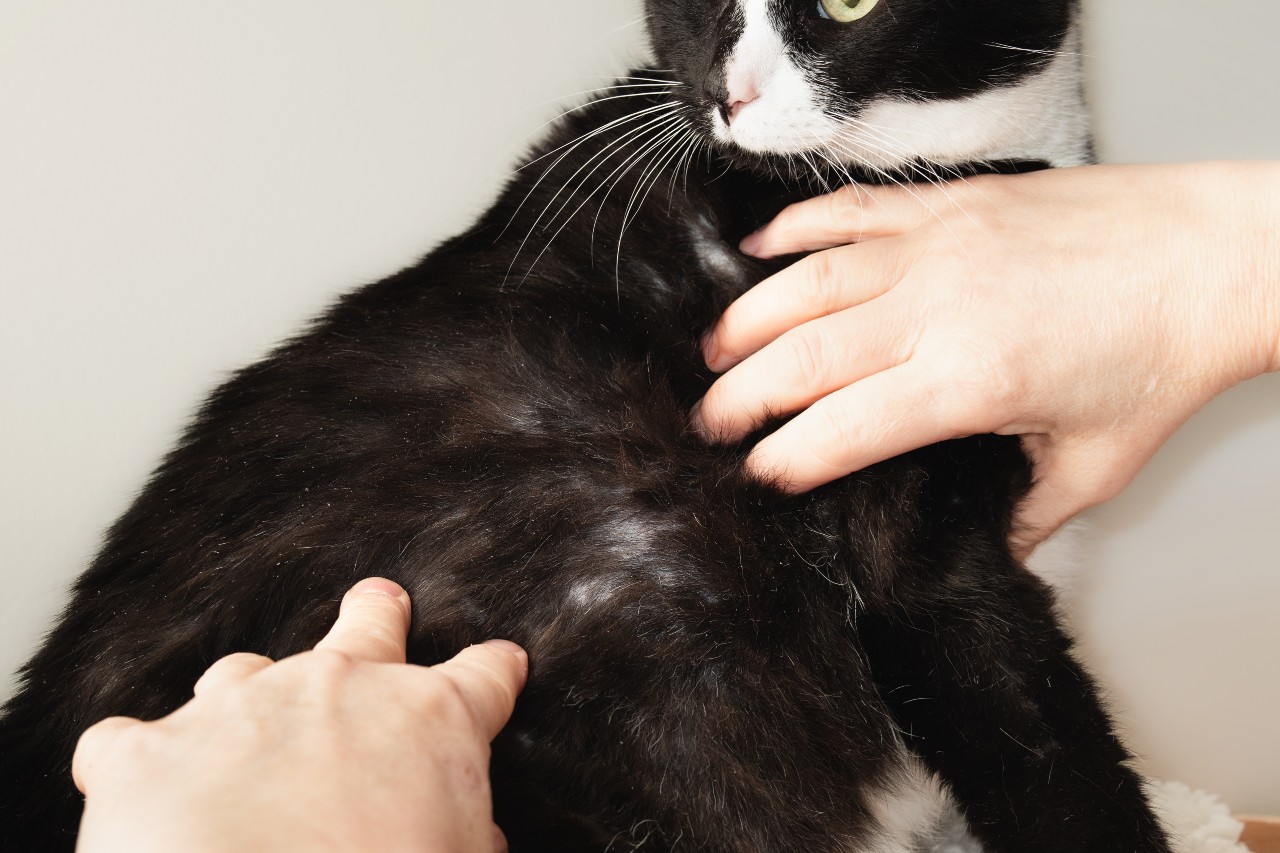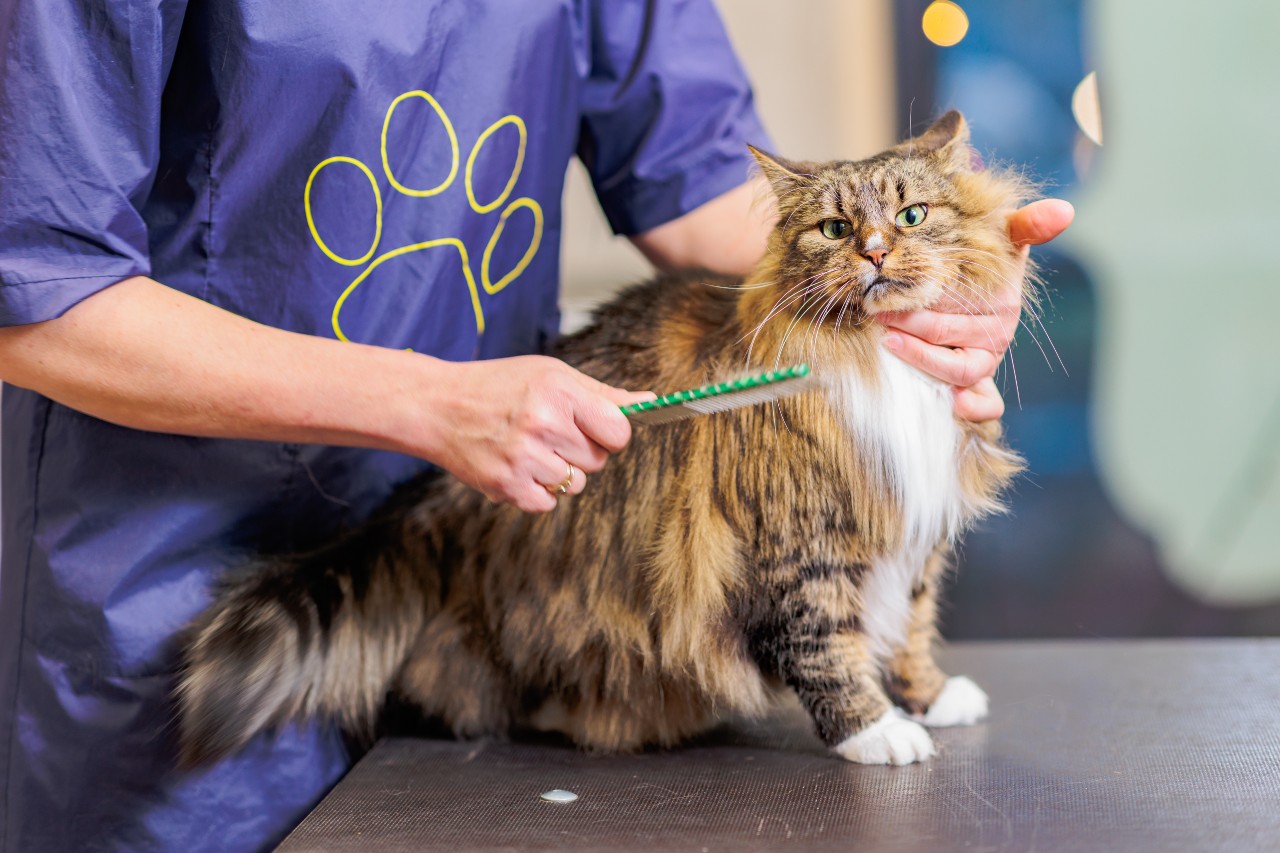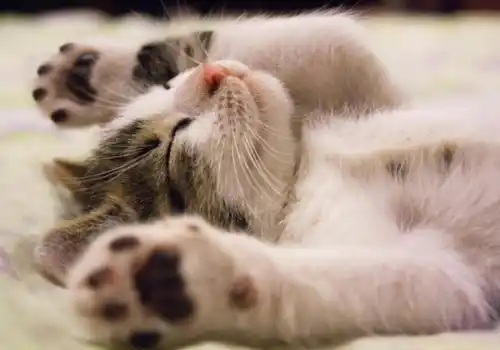What an itchy cat might be telling you...
Cats are known for their grooming habits, often spending a good portion of the day keeping themselves clean. While it’s normal for them to scratch now and then, constant licking, biting, or chewing at their fur isn’t something to ignore. If a cat is uncomfortable enough to keep interrupting its usual routine, it may be trying to tell you that something’s wrong.
Excessive scratching or grooming can stem from several causes, some temporary and minor, others requiring veterinary support. Spotting the difference can help you make the right decisions early, preventing discomfort and complications. This article explores some common triggers behind itchy behaviour in cats and offers practical advice for handling them.
Normal Grooming or Cause for Concern?
Most cats are creatures of habit. When grooming routines change, it usually happens for a reason. Occasional scratching or licking is expected. However, when a cat starts grooming one specific spot repeatedly, pulls out fur, or wakes itself up scratching, it’s worth paying attention.
These patterns may develop slowly or intensify quickly, depending on the cause of the discomfort. Monitor its duration and impact on daily activities. If grooming leads to raw skin or bald patches, intervention is needed.
Changes in grooming can be subtle at first. You might notice your cat spending a few extra minutes on one area or being more restless during quiet moments. These behaviours often develop gradually and can go unnoticed until the damage becomes visible. Keeping a log of how often your cat grooms or scratches can help identify patterns early.
What Might Be Causing the Itching
Several different triggers could be making your cat uncomfortable. Fleas and mites are a common starting point. Even cats who never venture outside can be exposed to these pests through other animals or contact with people.
Allergies can also play a part. Some cats react to ingredients in food, household cleaners, pollen, or mould. You may notice a flare-up in specific seasons or after cleaning. Skin infections from bacteria, yeast, or fungi might also cause irritation, sometimes following scratching or injury. If untreated, these can lead to further damage.
When Other Pets Are Scratching Too
If more than one pet in your home seems affected, consider environmental factors or shared exposure. Carpets, bedding, and furniture may carry allergens or pests that impact cats and dogs alike. This is especially true when pets share spaces and grooming areas.
Dog owners dealing with similar concerns should explore resources on skin conditions for dogs. Managing skin health across all pets at home can reduce stress and improve comfort for everyone. If you suspect your dog has a skin condition—such as itching, redness, or excessive licking—it’s important to take early steps toward understanding and managing it. Addressing skin health across all pets in the household can ease stress and improve overall comfort. The Zoetis online skin conditions assessment is a quick, vet-approved tool that helps you evaluate your dog’s symptoms and take the next steps toward effective treatment.
When pets groom each other or share bedding, there’s a higher chance of passing irritants between them. A single untreated pet can keep reintroducing parasites to the others. That’s why treating all animals in the household is often necessary, even if only one shows signs at first.
Pay attention to shared spaces like sofas, rugs, and favourite nap spots; these areas can hold onto flea eggs or allergens for weeks. Deep cleaning and washing soft furnishings regularly helps break the cycle.

Spotting the Red Flags
A few signs can indicate when itching has gone beyond the usual. Hair loss, redness, or open sores are often visible clues. Some cats become sensitive to being touched in certain areas, and others act more withdrawn or irritable due to ongoing discomfort.
Check behind the ears, under the chin, and along the back for rough patches or skin flaking. If you see scabs or discoloured patches, it’s time to take action. Grooming that disrupts sleep or eating habits is another strong indicator that help is needed.
Scabs can look different depending on what’s causing them. Some are dry and flaky, while others appear moist or crusted. The location of the scabs can also offer clues, and so if most are concentrated around the neck and back, fleas may be involved. On the face or paws, allergies are more likely.
Try using a soft comb to part your cat’s fur when checking their skin, as it can help you get a clearer view without causing more irritation. If the skin looks shiny, swollen, or unusually warm, it’s best to seek advice quickly.
Getting Advice from a Vet
Delays in treatment can lead to long-term discomfort or secondary infections. If your cat has been scratching excessively for more than a few days or if skin damage is visible, contact your vet. They may run tests such as skin scrapings or allergy panels.
Getting a clear diagnosis can make it easier to manage symptoms and prevent them from returning. Depending on the findings, a vet may suggest changes to diet, prescribe medication, or recommend parasite control. Ongoing support is just as important as the first appointment, especially with seasonal or allergy-based issues.

Prevention and Everyday Skin Care Tips
Itching isn’t always caused by something serious. Consistent care can help reduce the chance of flare-ups and catch problems early. These daily and weekly habits make a noticeable difference in your cat’s comfort and coat condition.
-
Brush your cat frequently - Brushing removes loose fur, distributes natural oils, and helps you spot skin changes early.
-
Wash bedding and clean shared spaces - Regularly cleaning your cat’s bed, blankets, and lounging areas helps reduce exposure to irritants like dust, pollen, or flea eggs.
-
Feed a complete and balanced diet - Nutrients like omega-3 fatty acids support skin health. Always speak with your vet before introducing supplements.
-
Keep your cat hydrated - Offer fresh water daily. Wet food can help boost fluid intake, which benefits both skin and coat.
-
Manage indoor dryness - During colder months, indoor heating can dry the air. A humidifier may help keep your cat’s skin from becoming flaky or irritated.
-
Book yearly vet checks - Annual appointments are an opportunity to catch early signs of skin issues. Your vet may notice changes before they become visible at home.
Sticking to these habits gives your cat a better chance of avoiding recurring skin problems. With regular care, many common irritants can be managed or avoided altogether.
Take Action Sooner, Not Later
An itchy cat isn’t always reacting to something minor. Continued discomfort can lead to infections and behavioural changes. Keep an eye on changes, respond quickly to unusual signs, and speak to your vet when something seems off. That small step could make all the difference in your cat’s comfort and overall wellbeing.







